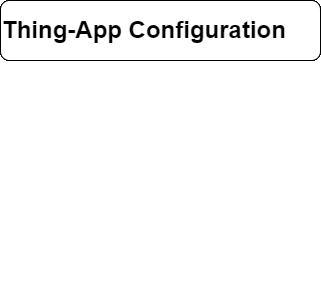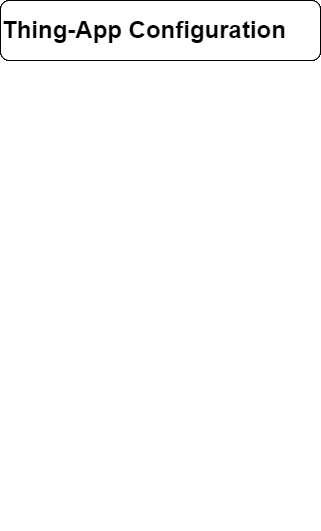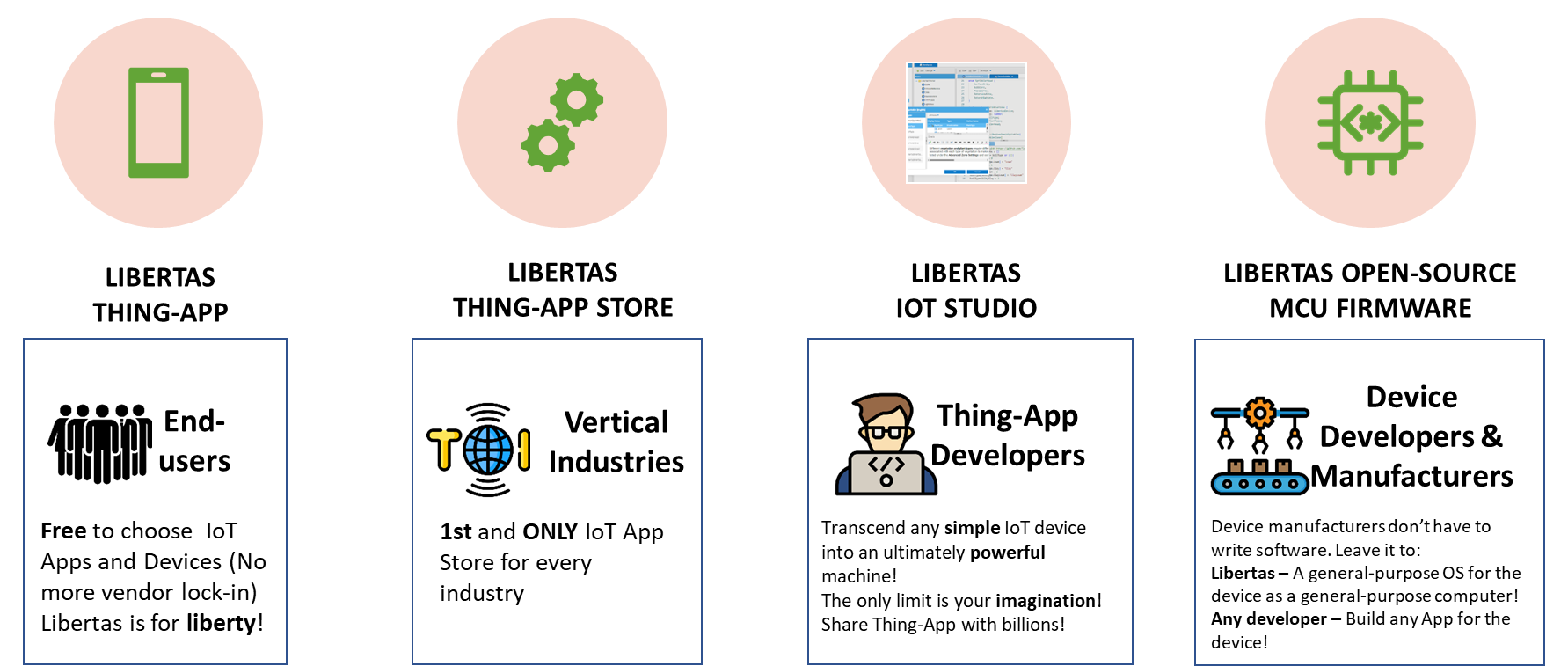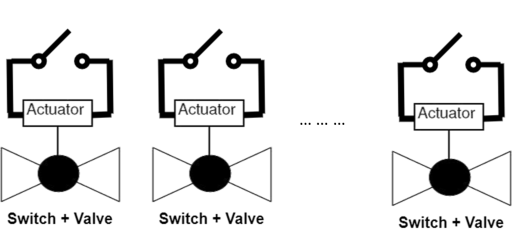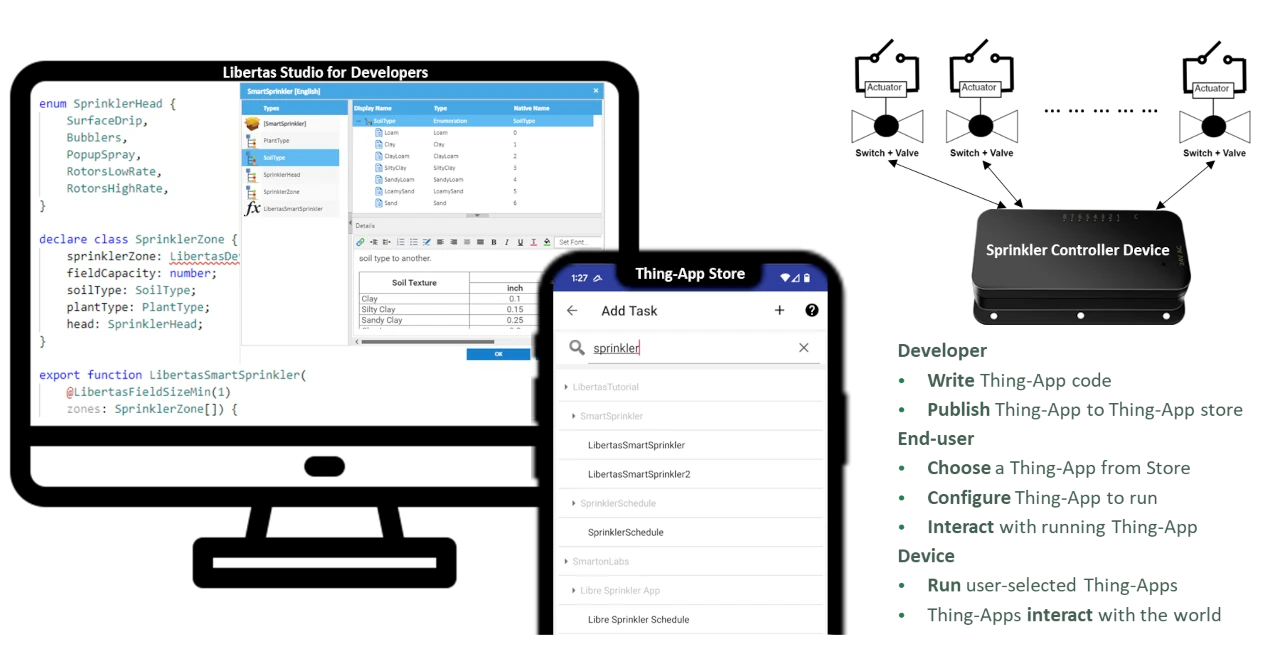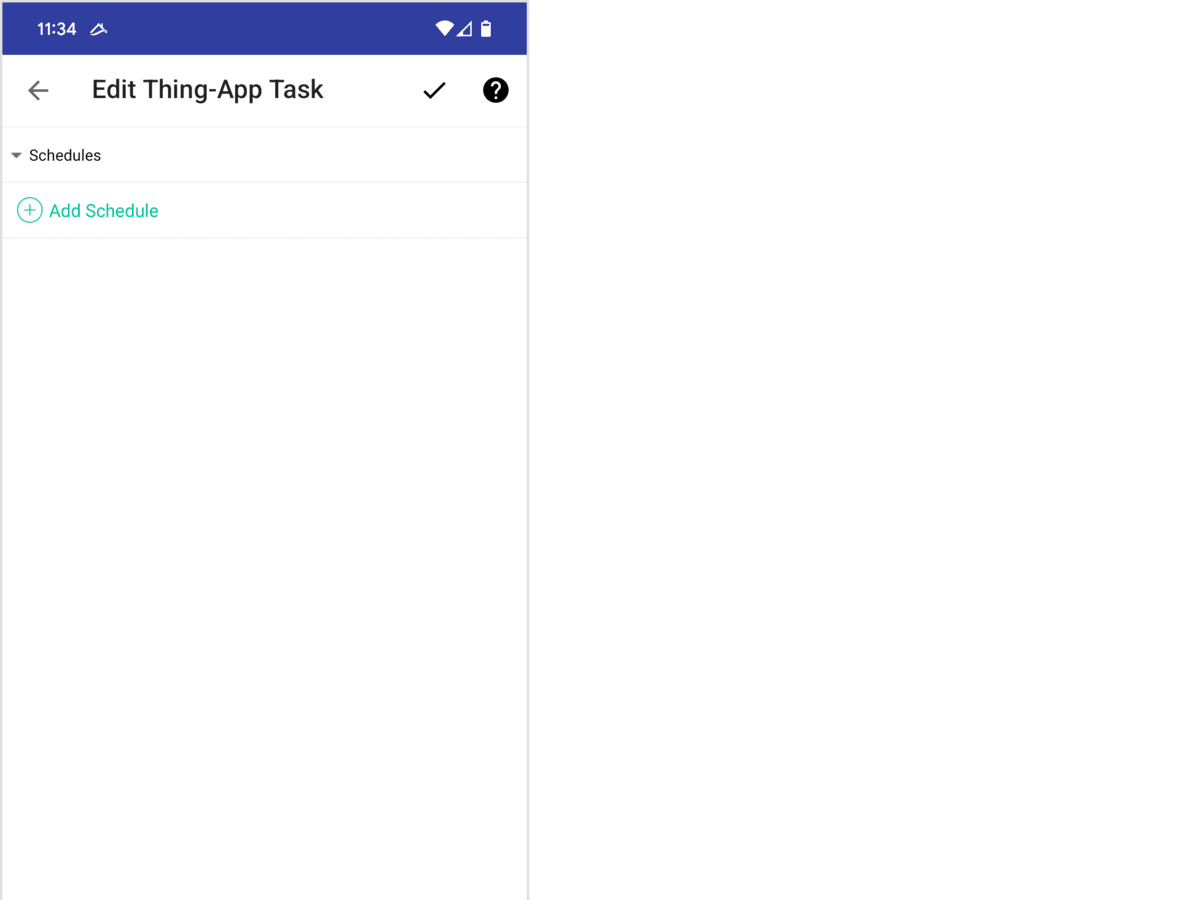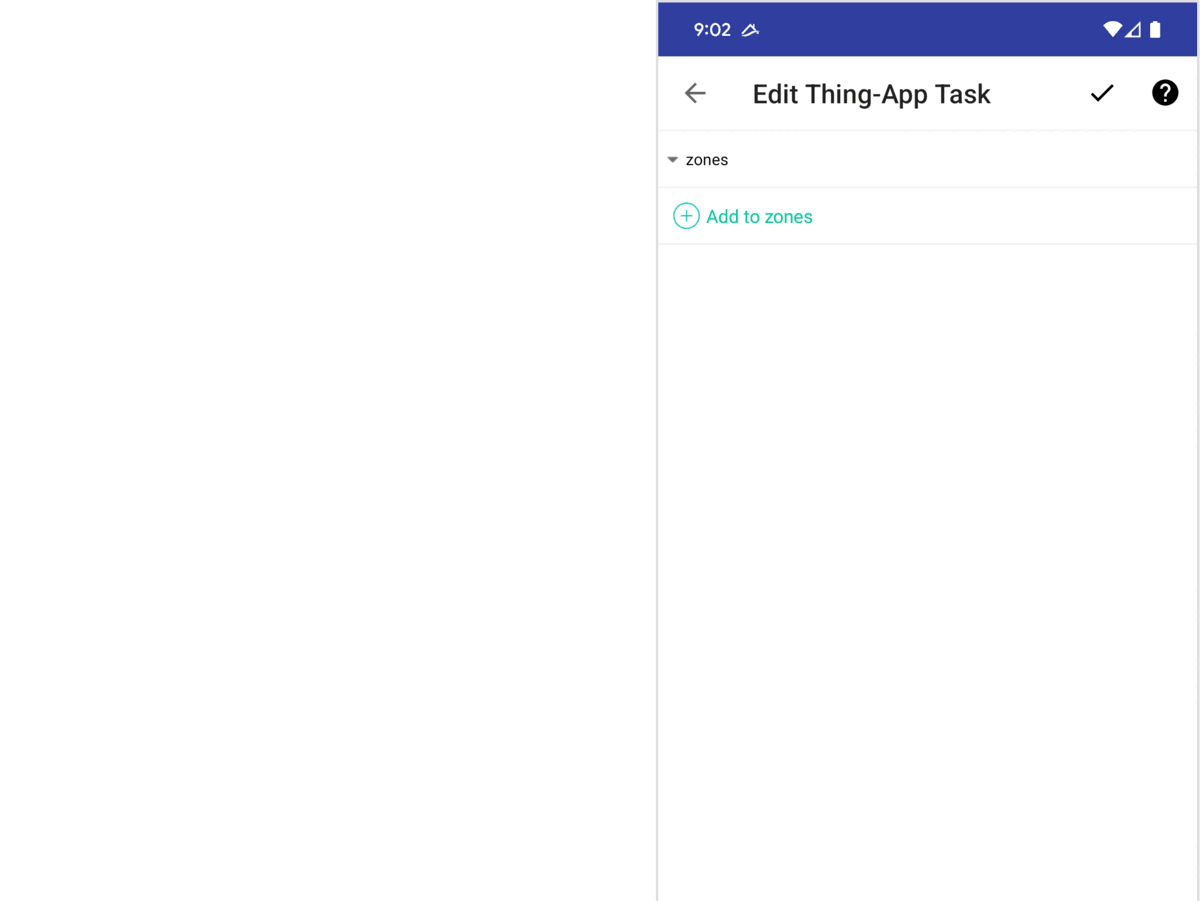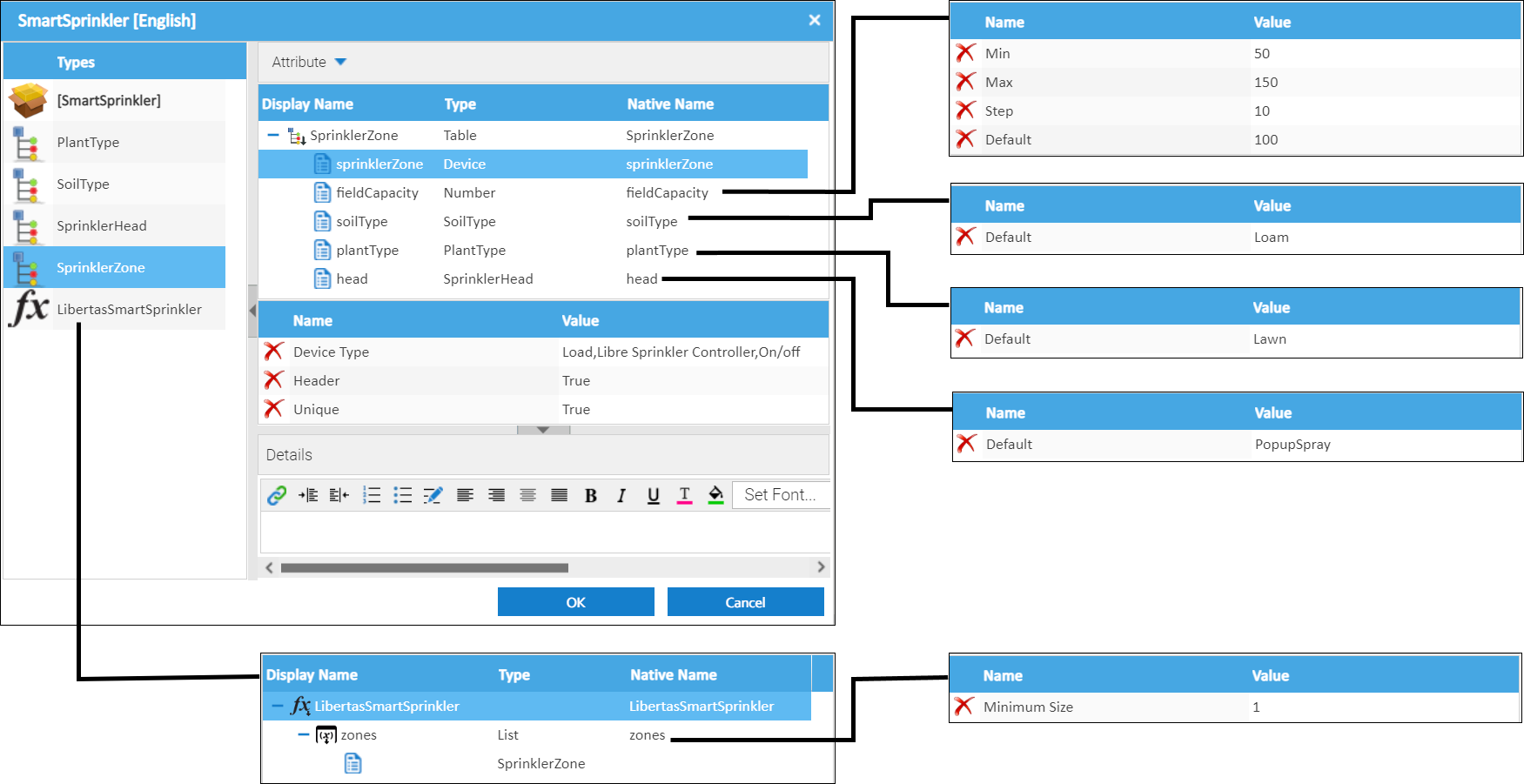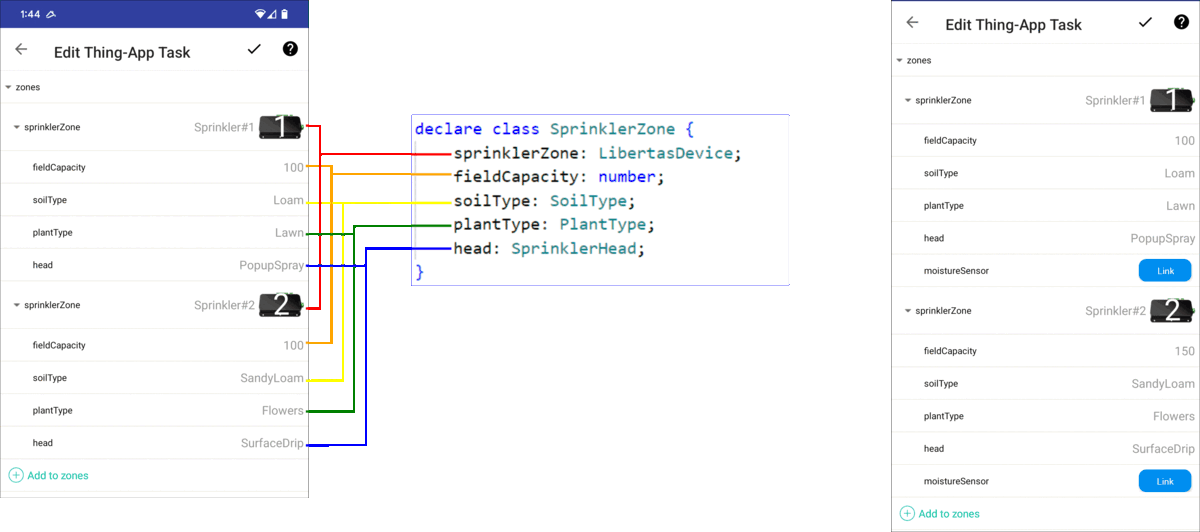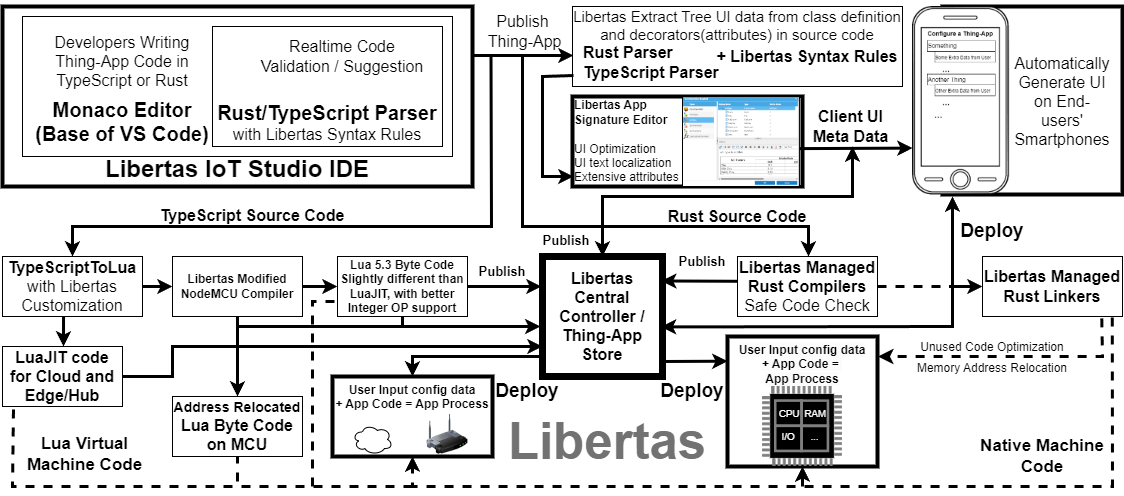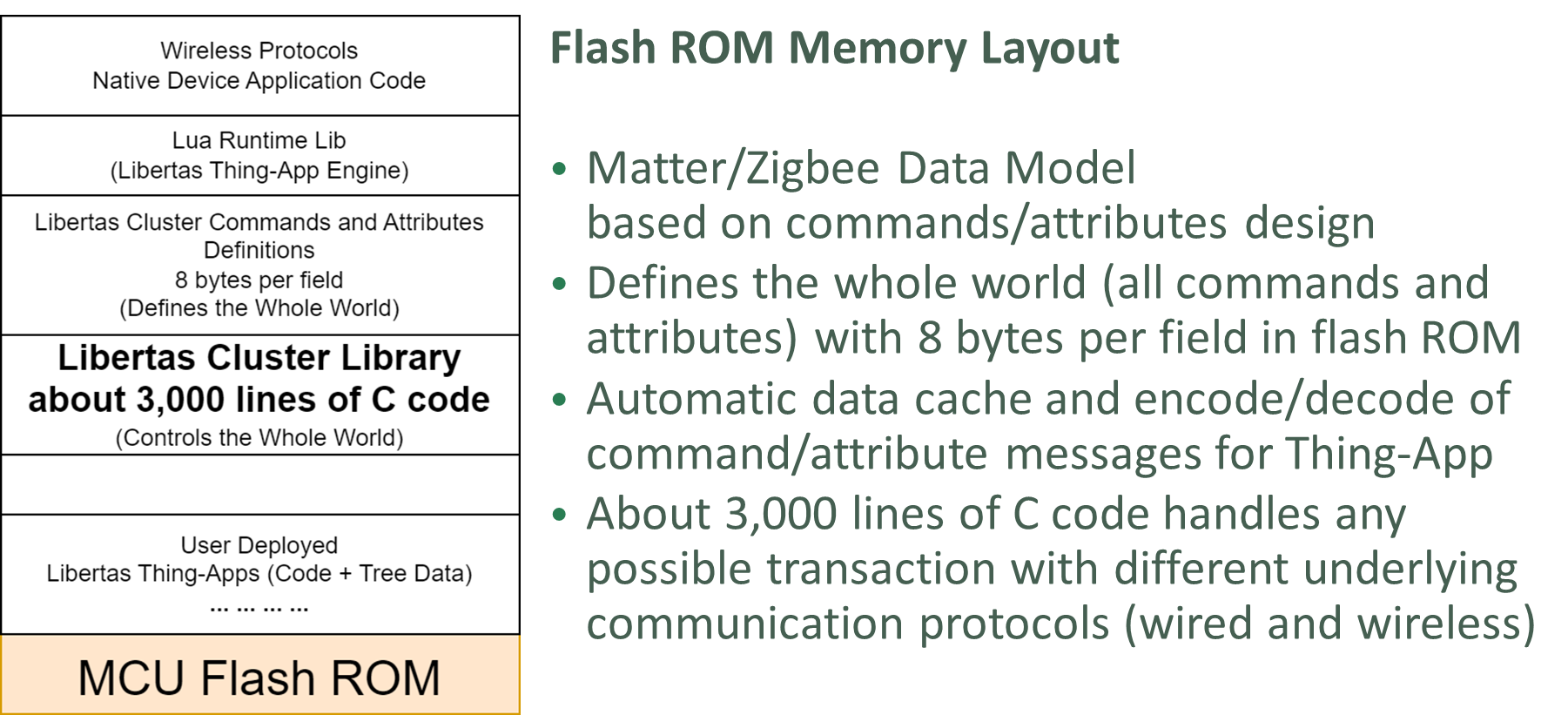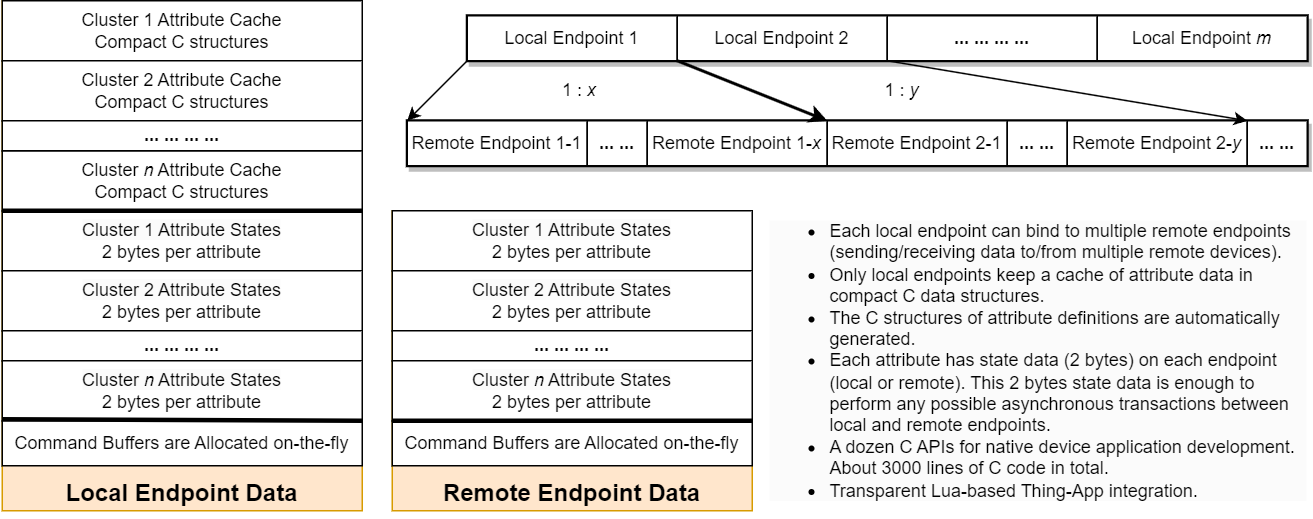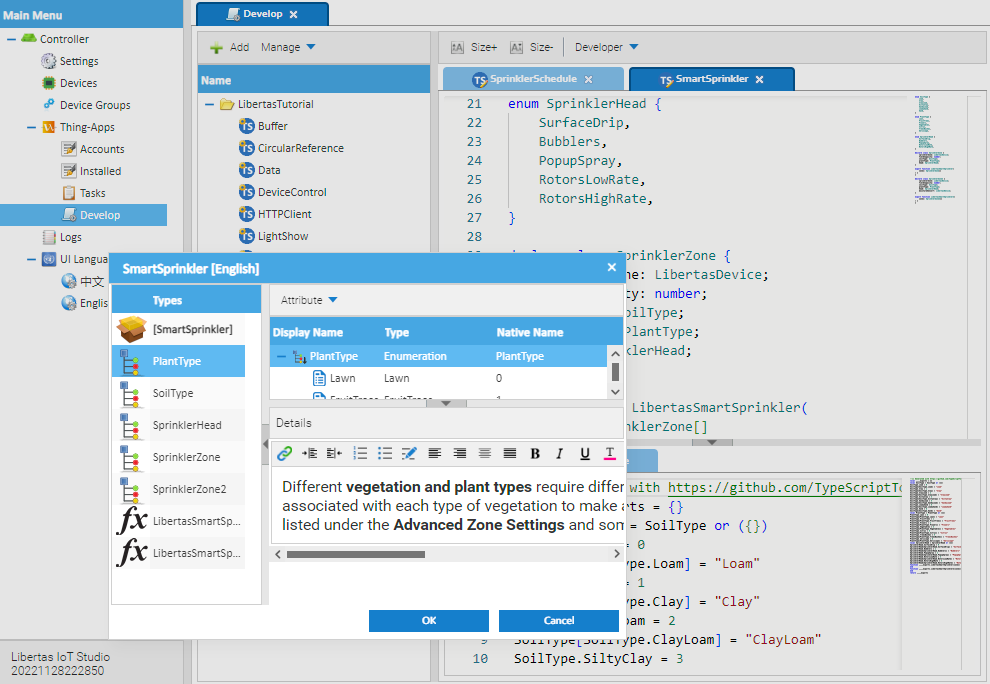Libertas IoT
Libertas is a platform for the Internet of Things (IoT) with an IoT App Store (Thing-App Store). End-users search, choose and use Thing-Apps on their smartphones, just like smartphone apps. Thing-Apps run everywhere on trillions of IoT devices, Hubs, and Clouds. However, they mostly do not run on smartphones.
Thing-App design is simple, yet disruptive and mind-blowing!
Our goal is to empower billions of users with IoT Apps running inside trillions of IoT devices.
Note: This page works better on larger screens!
